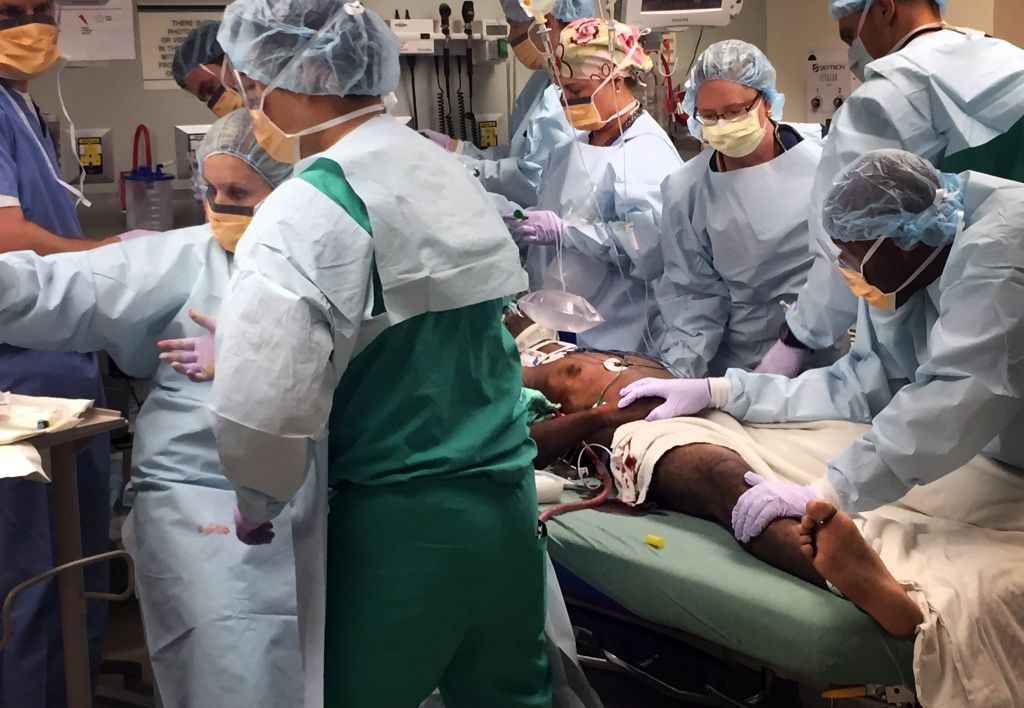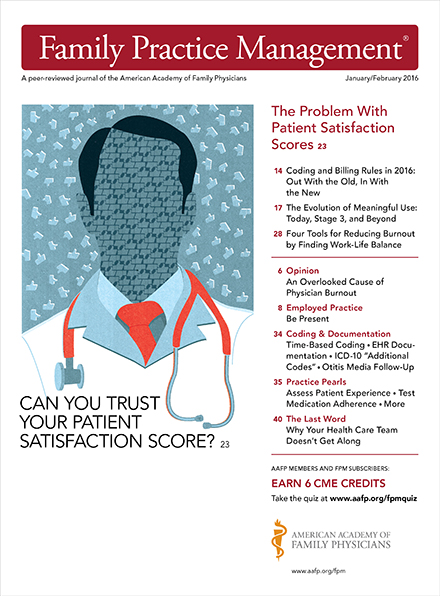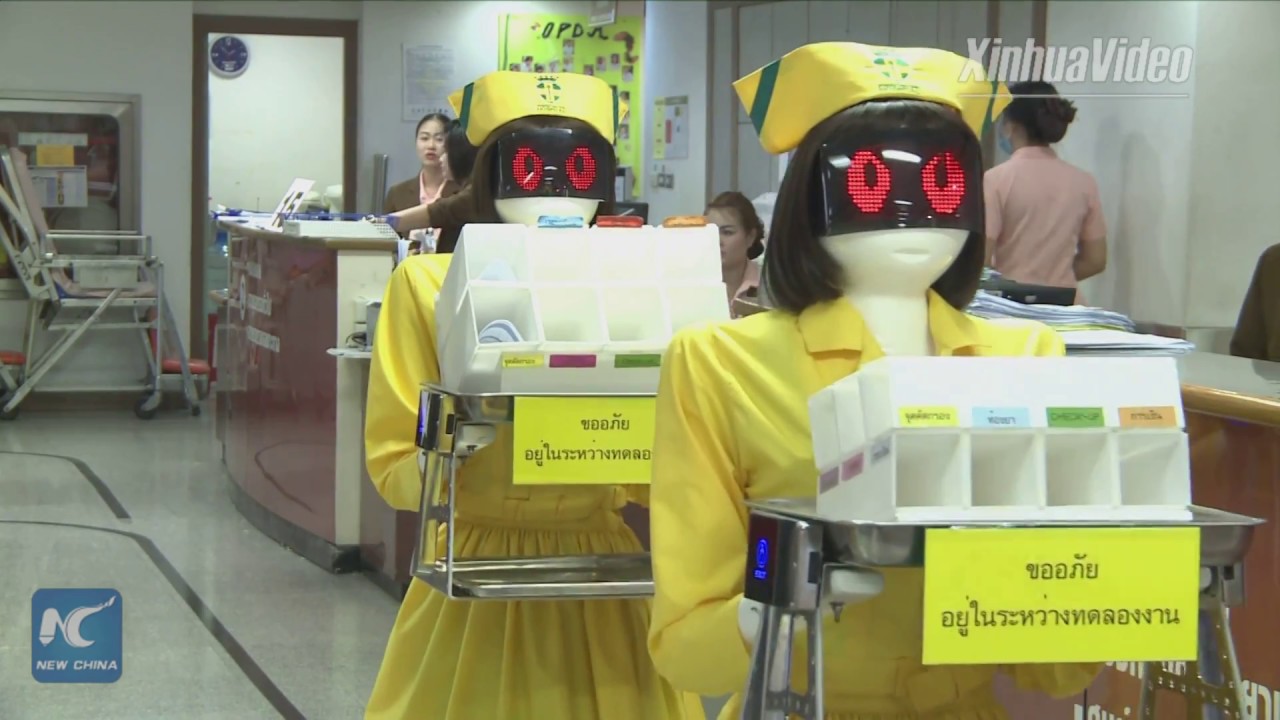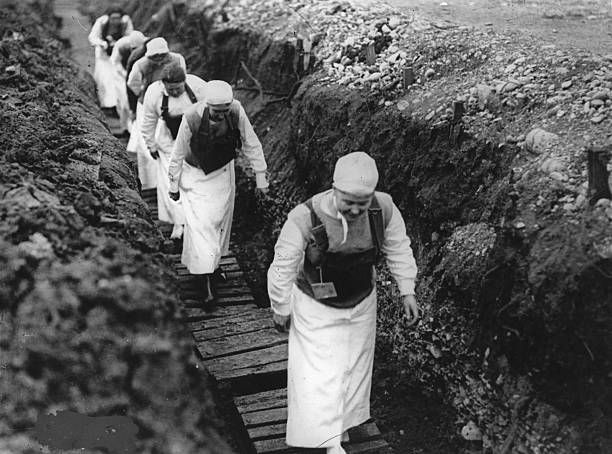
Anyone who has worked in the healthcare field over the past few years has been bombarded with words such as: patient experience, service excellence, community excellence, culture of caring, etc. These words have always been a part of the healthcare over the years, but in 2012 the usage of these words increased 10-fold. Why? Under the Affordable Care Act of 2012, 1% of total hospital Medicare reimbursement was cut. But hospitals could get their pay restored if they had high patient satisfaction scores, and top-performing hospitals could get bonuses. Because of this, healthcare institutions quickly began enacting strategies to improve patient satisfactions scores based on a survey developed by the Centers for Medicare and Medicaid Services. To keep Medicare reimbursements from being slashed, some are seeing an increase in over-treating and over-prescribing in attempt to prevent patient dissatisfaction. Many healthcare organizations in America are heavily dependent on Medicare and Medicaid reimbursement and because of this, they allow the Federal government to dictate much of their operational practices. Like it or not, much of our American health care system is socialized medicine and Uncle Sam is dictating the future.

Most healthcare workers have always made patient satisfaction their number one priority, even before government reimbursement was based on patient satisfaction scores. Over my 30 years plus in the healthcare field, I have witnessed many healthcare professionals go above and beyond their call of duty. I have worked directly with many exceptional nurses, patient care technicians, respiratory therapists, medical assistants, technologists, physicians etc., who continually put their patient’s needs above their own. On numerous occasions, I have witnessed these outstanding individuals providing exceptional care while being short staffed. I have seen them go an entire 12-hour shift without a break and a bladder ready to burst. I have witnessed them deal with the death of an infant, console the parents and then quickly gain their composure to provide care to the patient next door. I have witnessed emergency providers come together during traumatic events and function as a team to save the lives of others. I have seen them deal with situations that would make a layperson run the other way and vomit. I have seen them get yelled at, spit on, called every four-letter name in the book and still provide compassionate care. Service excellence, culture of caring, community of excellence etc., can never truly be taught from a book in an academic setting, but can only be found in the hearts and actions of our many amazing health care professionals.

Because of the fear of decreasing reimbursement healthcare organizations have begun a full-blown assault to increase patient satisfaction. There are thousand of articles, books and individuals coming forward to assist healthcare organizations increase their patient satisfaction scores. Hospitals are willing to invest millions of dollars to achieve this objective and prevent a decline in their profits. 12 step programs, mission statements, motivational techniques and social re-engineering are some of the tools used to keep Uncle Sam’s maximum monetary reimbursement coming in. In the meantime, the front-line health care providers remain in the trenches providing care to the sick within their cities and communities. Their loyalty will not be in mission statements or ideas, but their true loyalty will be found in the patients they care for and their fellow coworkers.
 Robot Nurses China (Automatons)
Robot Nurses China (Automatons)
Patient satisfaction surveys definitely have their place, but some see paying too much attention to these surveys can steer the focus away from patient health. In 2012 a national study conducted by Joshua Fenton, a University of California, Davis, professor concluded: "Higher patient satisfaction was associated with less emergency department use but with greater inpatient use, higher overall health care and prescription drug expenditures, and increased mortality." Because many questions on these surveys directly and indirectly involve the medical staff, some hospitals have incorporated some form of customer service training. Some customer training techniques include: “scripting healthcare providers” patient interactions, programming providers to use particular phrases and evaluating how well they comply and using role playing scenarios in a structured educational setting. Some see these techniques as making the healthcare providers into automatons and thus, removing one’s individuality and personality. Caring and compassion cannot be faked and anyone with an ounce of discernment can spot a fraud. Most of us can tolerate someone who lacks compassion and caring, but most of us are repulsed by those who pretend to care.
 American nurses carrying gas masks walk through a trench in France looking for wounded soldiers
American nurses carrying gas masks walk through a trench in France looking for wounded soldiers
There are some who see hospitals turning into just another customer service industry and incorporating the phrase: “The customer is always right”. Unfortunately, in the health care industry incorporating this phrase can lead to poor patient outcomes. Customer satisfaction has and always will be an important aspect of healthcare, but it should never be allowed to compromise the health or safety of any patient. While the government dictates the future of health care and healthcare administrators wrestle to maintain operating profit margins, those of us in the trenches will continue do what we have always done in the past: Provide the best care possible to the patients we serve.